
In the realm of natural horrors, few animals inspire visceral revulsion, quite like flesh-eating beetles. These scavengers, often seen devouring carcasses, have long been dismissed as grotesque necessities of decomposition.
However, now this narrative might need to be reconsidered. The American burying beetle (Nicrophorus americanus), previously on the brink of extinction, might potentially be key in saving many human lives. Scientists have found a potent antimicrobial compound in its saliva that defends its decaying food source from microbial competition.
This finding has far-reaching implications as antibiotic resistance escalates worldwide, making this relatively repulsive beetle a symbol of hope. Who could have predicted that the path to advanced medicine could be laid with the juices of decay’s zealous janitors?
A Beetle with a Mission: The American Burying Beetle
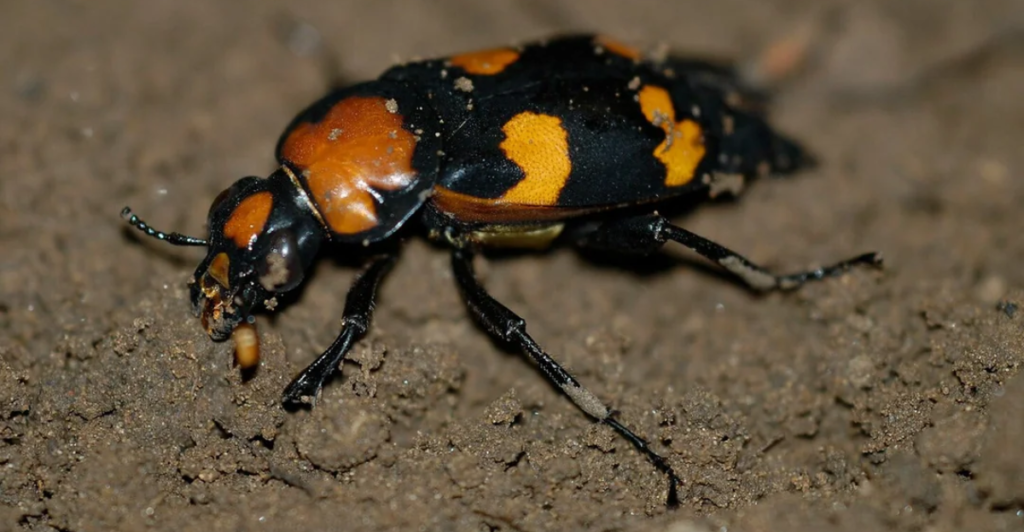
The American burying beetle is no ordinary insect. Once widespread across North America, its population has declined sharply due to habitat loss and light pollution. But what makes it different from the rest isn’t that it’s an endangered species—it’s the beetle’s bizarre parental behavior.
Unlike most insects, the burying beetle practices advanced parental care by burying small vertebrates’ carcasses, meticulously cleaning them, and then regurgitating food for its larvae. This parental behavior preserves the meat for the beetle’s offspring.
Further, the beetle’s saliva contains enzymes and antimicrobial peptides that prevent bacteria from growing on decaying flesh, essentially making it a natural preservative. Oklahoma State University’s (OSU) Ag Research team has discovered that these compounds could repel pathogens, such as E. coli and Salmonella.
Antibiotic Resistance: A Pending Apocalypse
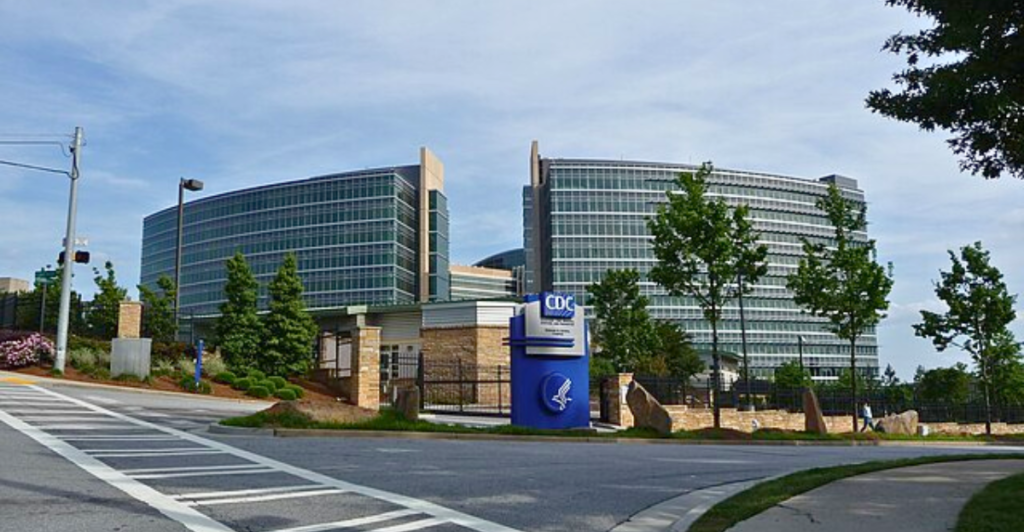
Antibiotic resistance is no longer a theoretical threat; it’s a current global disaster. In the United States alone, the Centers for Disease Control and Prevention (CDC) revealed that there are over 2.8 million infections and over 35,000 deaths annually caused by drug-resistant bacteria.
Penicillin’s golden era ended many years ago, and pharmaceutical pipelines looking for new antibiotics are failing. As superbugs thrive in hospitals, livestock farms, and in water and soil, classic antibiotics derived from soil microbes, such as Streptomyces, are not working.
That is where the burying beetle surprises us: instead of seeking antibiotics in ground or lab microbes, researchers are turning to organisms that have already mastered microbial warfare under tough conditions. The beetle saliva is an evolutionary antibiotic factory—one that has escaped mainstream medicine until now.
Biotech Gold: Natural Compounds in Beetle Saliva

The American burying beetle’s saliva has theoretically promising antimicrobial characteristics, significant on a chemical level. The peptides found aren’t just efficient but are structurally unique compared to standard antibiotics.
As per OSU’s study, these bio-compounds are more efficient in inhibiting gram-negative bacteria than standard synthetic antibiotics. Unlike most lab-generated antimicrobials, these natural compounds evolved specifically to function with precision, targeting pathogenic bacteria without affecting beneficial microbiota.
This precision is crucial for human applications, where damage caused by antibiotic use can lead to long-term issues, such as gut dysbiosis. Moreover, the beetle’s peptides can also reduce the risk of resistance development, offering a model for sustainable antibiotic use.
A Grimly Elegant Evolutionary Strategy
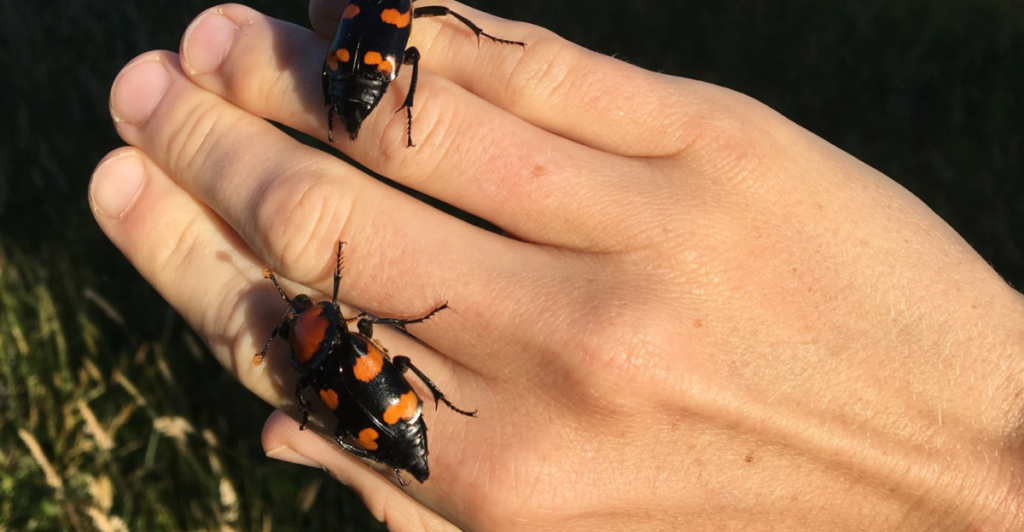
You might find yourself asking: why would a beetle need antibiotic saliva in the first place? Evolution crafted this solution to address a specific issue faced by the beetle. Its reproductive success lies in protecting its larvae’s food source—a decaying carcass, which attracts bacteria, fungi, and other insects.
To outcompete microbes and other decomposers, the beetle applies antimicrobial saliva to the flesh, basically converting it into a safe nursery. It’s a biological arms race, and the beetle’s defense is efficient and targeted.
This mechanism, developed to preserve carcasses, is now being researched in an effort to preserve life. Therefore, this adaptative solution illustrates a contrarian principle: nature’s most repulsive processes may likely yield an elegant solution in human medicine.
Bugs Rather Than Petri Dishes
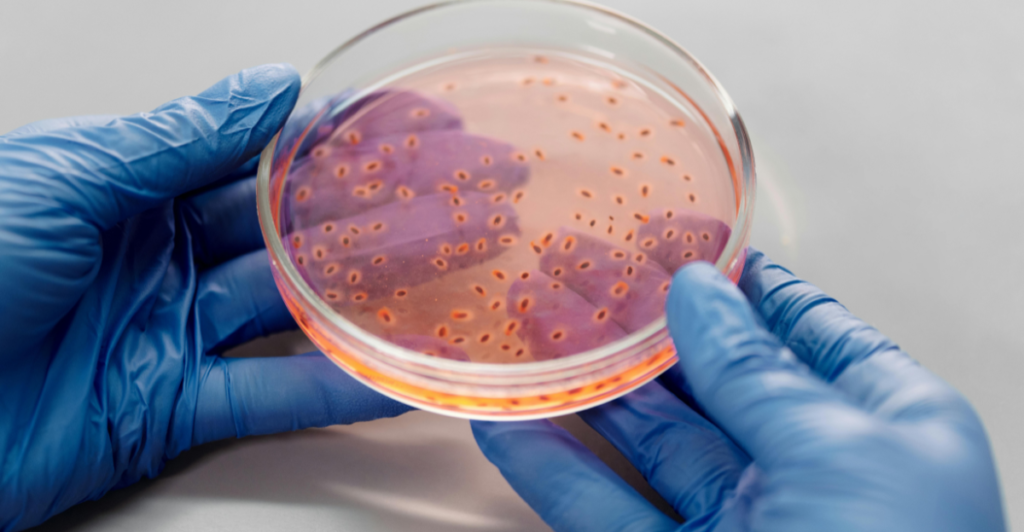
Conventional pharmaceutical research still looks to soil and human-made chemistry, but insects might prove to be an underexplored frontier. Beetles, ants, and termites all carry advanced microbial ecosystems that demand immune innovation.
The burying beetle is the perfect example of contrarian knowledge: instead of sterile laboratories, consider rotten forests instead of Petri dishes, consider putrid raccoon cadavers. It’s counterintuitive, but therein lies the genius.
These beetles and other insects may prove to be nature’s laboratories, running field experiments for millennia. We’re just now catching up. Perhaps it’s time to expand the definition of a “clean lab” to include maggots, molds, and beetles that perform triage on death itself.
Unexpected Applications: From Corpses to Cosmetics

Antibiotics derived from beetles don’t just have applications in medicine; they can also be useful in the cosmetics industry as natural preservatives are becoming increasingly popular. If beetles can preserve meat through peptides, then why not skin creams or organic lotions?
Further, efforts to better preserve food could benefit from this discovery. Imagine how the shelf life of sensitive items could be expanded by using naturally derived, harmless antimicrobial substances from beetles.
Even agriculture could use the beetle’s compounds to protect crops from bacterial infections, reducing our dependency on man-made chemical pesticides. With applications in luxury skincare, sustainable farming, and food preservation, research has barely scratched the surface of its utility.
Wyatt Hoback’s Beetle Breakthroughs
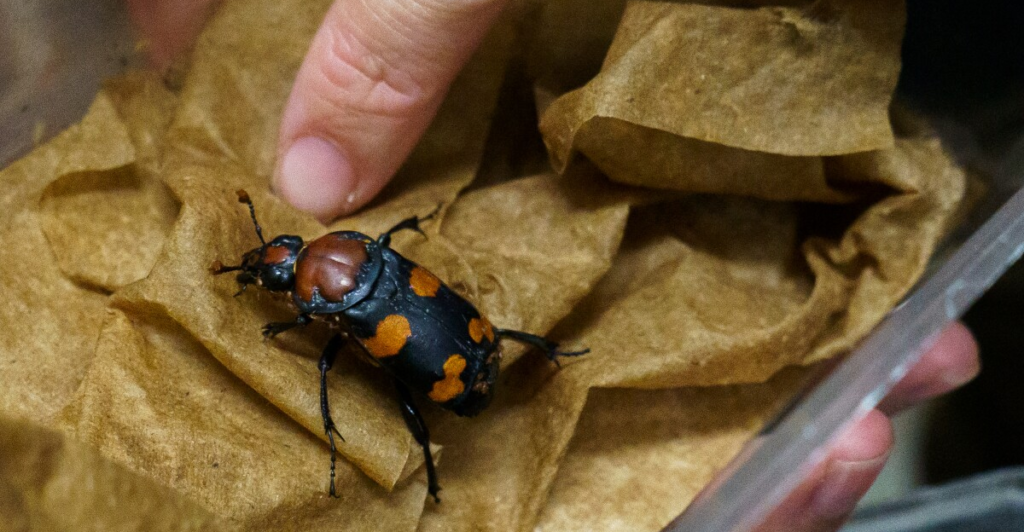
Oklahoma State University entomologist Dr. Wyatt Hoback has headed much of the beetle research. His work illustrates how studies of extreme environments can yield biomedical payoffs. Hoback’s lab has deciphered the microbial ecology of decaying meat (carrion) and traced how the burying beetle manipulates it so precisely.
Through field experimentation and screening in the laboratory, they found compounds that worked reliably against difficult bacteria but were not toxic to mammalian cells. This sort of duality—effective but safe—isn’t typical for antibiotic research.
Hoback’s research contains a dirty secret: the filthier the environment, the more likely that new discoveries could be made. In an age of sterility, Hoback champions the microbial messiness—and may end up saving lives as a result.
Historical Echoes: Nature’s Pharmacy Through the Ages
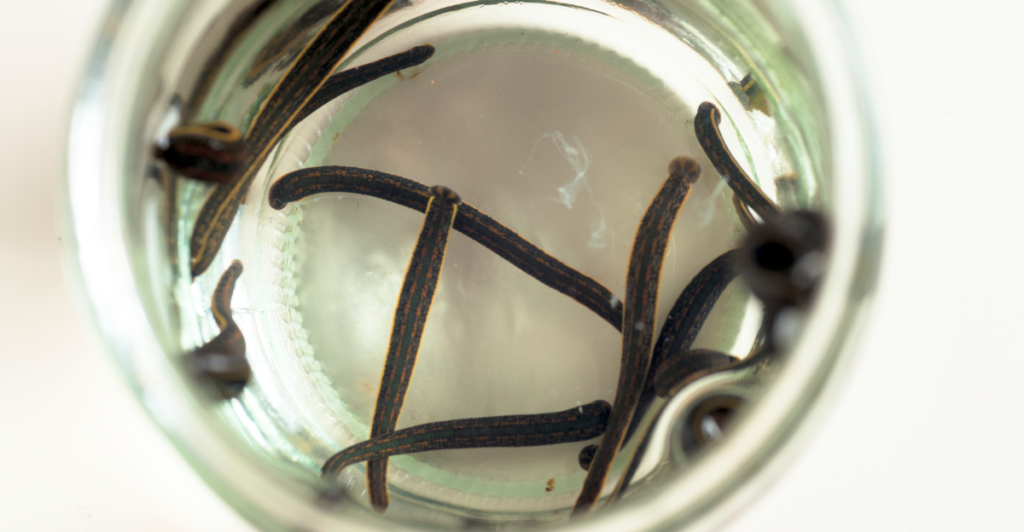
This is not the first time that humans have looked to the grotesque for healing. During medieval times, maggots were used to clean infected wounds—a practice that contemporary medicine calls “maggot therapy.”
Further, leeches, once considered medieval torture instruments, are FDA-approved for improving circulation in reconstructive surgery. The beetle’s evolution from scavenger to savior is part of a long tradition of uncomfortable cures.
History shows that healing often comes shrouded in horror and that nature is not about aesthetics; it is about function and survival. The burying beetle, with its funeral processions and necrotic daycare, joins this odd pharmacopeia.
Loving the Unpredictable
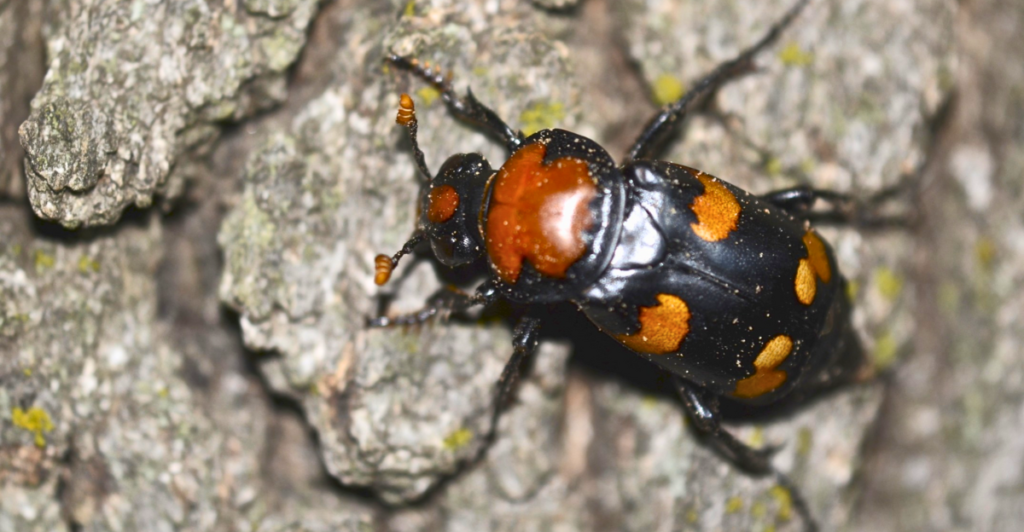
The American burying beetle is more than an endangered insect—it’s a biological paradox and future drug giant. With rising antibiotic resistance, salvation may come from the unlikeliest of sources.
Its saliva, honed over thousands of years to kill microbial intruders on decaying meat, offers potentially new antibiotics and a path forward in food, cosmetic, and crop preservation and protection. From the darkest corners of evolution comes a ray of hope.
This beetle proves that we must learn to love the monstrous, the off-center, and the unconventional because we may not know their true value. Science is not about beauty; it’s about truth, exploration, and the betterment of our understanding of the world around us.
Explore more of our trending stories and hit Follow to keep them coming to your feed!

Don’t miss out on more stories like this! Hit the Follow button at the top of this article to stay updated with the latest news. Share your thoughts in the comments—we’d love to hear from you!







